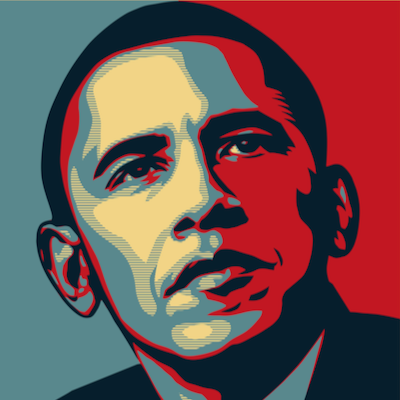



Details
Artist
Styles
1. Karl Lagerfeld: 20-color screenprint (40 × 30 5/8 in; 101.6 × 77.8 cm) 2. Fall Line: 3-color screenprint (48 × 19 in; 121.9 × 48.3 cm) 3. Valentine: 16-color screenprint (38 × 34 in; 96.5 × 86.4 cm) 4. Numbered Legs: 20-color screenprint (21 × 43 1/2 in; 53.3 × 110.5 cm) — Published by Gemini GEL LLC, Los Angeles, California. © 2015 John Baldessari and Gemini GEL LLC. // Front Row Suite by John Baldessari is a dynamic limited edition silkscreen series from 2015 that plays on the visual language of fashion, celebrity culture, and anonymity. This four-part work includes strikingly colorful compositions with iconic figures and abstracted forms. In one segment, fashion icon Karl Lagerfeld is depicted riding in a shopping cart, adding humor and irony to the consumerist aspects of fashion. Another segment showcases faceless figures with vibrant blocks of color replacing their heads, reflecting Baldessari's interest in removing identity and focusing on form and color. The inclusion of Numbered Legs highlights the absurdity of objectifying and quantifying beauty, particularly in the fashion world’s “front row” culture. Through his use of layered colors and minimalist shapes, Baldessari critiques the glamorization of image and identity in contemporary culture. Published by Gemini GEL LLC, this suite captures Baldessari’s conceptual artistry and wit.
Front Row Suite, 2015
form
Medium
Size
101.6 x 77.8 cm
- Inches
- Centimeters
Edition
Range
- USD
- EUR
- GBP
Details
Artist
Styles
1. Karl Lagerfeld: 20-color screenprint (40 × 30 5/8 in; 101.6 × 77.8 cm) 2. Fall Line: 3-color screenprint (48 × 19 in; 121.9 × 48.3 cm) 3. Valentine: 16-color screenprint (38 × 34 in; 96.5 × 86.4 cm) 4. Numbered Legs: 20-color screenprint (21 × 43 1/2 in; 53.3 × 110.5 cm) — Published by Gemini GEL LLC, Los Angeles, California. © 2015 John Baldessari and Gemini GEL LLC. // Front Row Suite by John Baldessari is a dynamic limited edition silkscreen series from 2015 that plays on the visual language of fashion, celebrity culture, and anonymity. This four-part work includes strikingly colorful compositions with iconic figures and abstracted forms. In one segment, fashion icon Karl Lagerfeld is depicted riding in a shopping cart, adding humor and irony to the consumerist aspects of fashion. Another segment showcases faceless figures with vibrant blocks of color replacing their heads, reflecting Baldessari's interest in removing identity and focusing on form and color. The inclusion of Numbered Legs highlights the absurdity of objectifying and quantifying beauty, particularly in the fashion world’s “front row” culture. Through his use of layered colors and minimalist shapes, Baldessari critiques the glamorization of image and identity in contemporary culture. Published by Gemini GEL LLC, this suite captures Baldessari’s conceptual artistry and wit.
- Recently Added
- Price (low-high )
- Price (high-low )
- Year (low-high )
- Year (high-low )
John Baldessari
Throwing Three Balls In The Air To Get A Straight Line (Best Of Thirty-Six Attempts), 1973
Photography
Offset Print
EUR 8,400
John Baldessari
Raised Eyebrows/Furrowed Foreheads (Red, White And Blue) From The Artist For Obama Portfolio, 2008
Limited Edition Print
Screen-print
USD 1,950
John Baldessari
Two Hands (With Distant Figure), 1989-1990
Limited Edition Print
Mixed Media
USD 5,500
John Baldessari
Two Figures (One With Shadow), 1986
Limited Edition Print
Etching And Aquatint
USD 2,500
John Baldessari
Visionaire 64 Art Portfolio (Blue), 2014
Limited Edition Print
Screen-print
Currently Not Available
John Baldessari
Engraving With Sound: Belch, 2016
Limited Edition Print
Inkjet Print
Currently Not Available
What is appropriation?
Appropriation in art involves using pre-existing images or objects with little or no modification. This technique has played a significant role across various art forms, including visual arts, music, performance, and literature. In visual arts, appropriation refers to the practice of adopting, sampling, recycling, or borrowing elements—or even entire forms—of existing visual culture, integrating them into new works to create meaning or critique.































